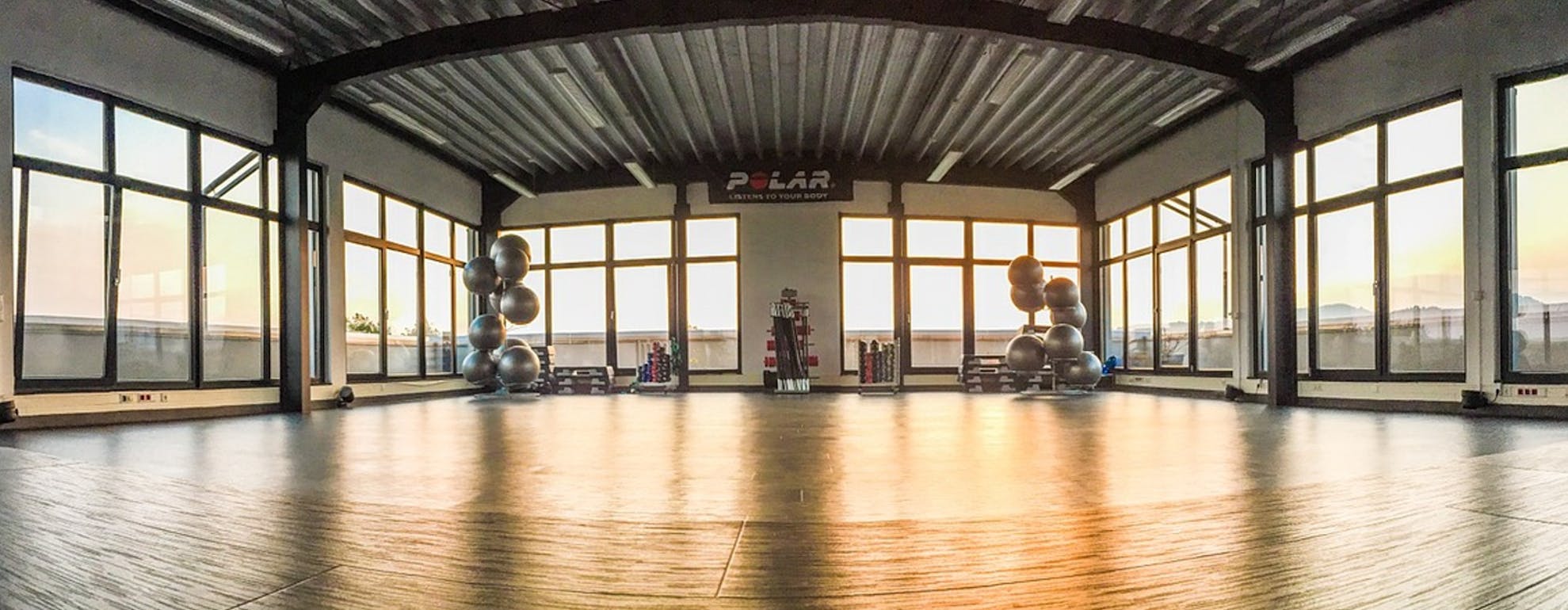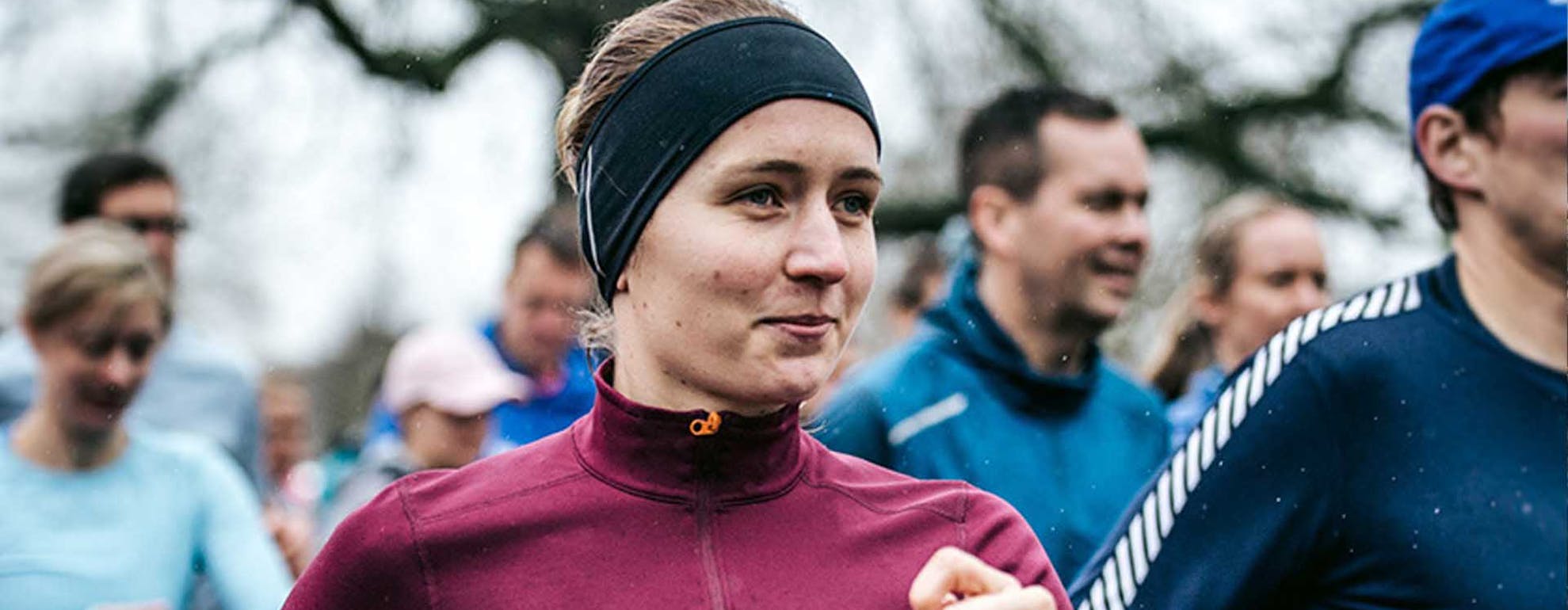
What is Technical Trail Running?
There’s a reason why fell runners are often seen returning from races sporting cuts and bruises. Technical trail running is a test for even the most seasoned of trail runners. When you hear a section of trail described as “technical”, you know you’re in for some serious running. Technical trail running demands enhanced skill and agility to stay on your feet in challenging underfoot conditions.
ㅤ
Here’s everything you need to know about technical trail running.
EXPECT THE UNEXPECTED
Technical trail running means handling whatever the trail might throw at you. Think taxing climbs and steep descents, traversing loose scree and tackling obstacles such as rocks, tree roots and streams. Technical trails are defined by their difficulty and you’ll need to remain agile and able to react quickly to sudden obstacles and changes in uneven terrain. You may even find yourself needing to use your upper body to navigate tougher climbs and sections of trail. You’ll need to be fully alert and focused and while your pace will slow, there’ll be no corresponding let up in effort.
ㅤ

ㅤ
ADJUST YOUR TRAINING
Technical trails demand power, agility and endurance with fast changes of direction and the ability to push off rocks, stone and other uneven terrain while staying light on your feet. Mix up your training and cross train to include squats, lunges and basic plyometrics to build explosive power and condition ancillary muscle groups. Hill sprint intervals will also build strength for tough ascents and descents while boosting endurance. Don’t forget, technical trails will slow you down, so train to perceived effort rather than pace.

ㅤ
WORK ON YOUR TECHNIQUE
Shorter strides mean better stability, with your feet centred directly below your centre of gravity. A mid to forefoot foot strike will help reduce the risk of injury and boost your running efficiency, especially on uphill sections. Swing your arms to help propel you on the uphill and use them to help balance on the descent. Some technical trail runners also advocate working towards a faster overall cadence or turnover to minimise foot contact with uneven, rocky terrain through the foot strike. Learn to stay alert on the trail and always be prepared for the next 5 to 10 feet of terrain ahead.
ㅤ

ㅤ
WEAR THE RIGHT SHOES
If there’s one piece of equipment you need to navigate technical trails, it’s a good pair of trail or fell shoes. These need to have an aggressive outsole with deep lugs to grip the terrain and help you stay on your feet. Sticky rubber outsoles help prevent slipping on wet rock, while reinforced toe guards and rock protection plates help protect your feet from injury. Good proprioception (or ground feel) is also essential on technical trails. This allows you to react and adapt quickly to changing terrain. Choosing a low profile trail shoe that sits close to the ground and facilitates that ground feel will boost your agility and reaction time as well as helping keep you safe from injury.
For all of your trail running needs, visit our Trail Running Store.
Looking for some training tips and advice? Then head over to our Training category where our athletes and experts explain everything you need to know.
Welcome
Welcome to the SportsShoes Training Hub! We’ve teamed up with athletes and experts to bring you the very best advice on how to maximise your workouts and achieve your best results.
Read More
Share this
Featured Articles
View All



